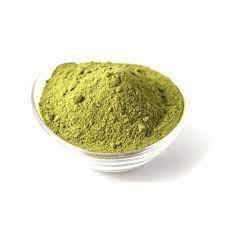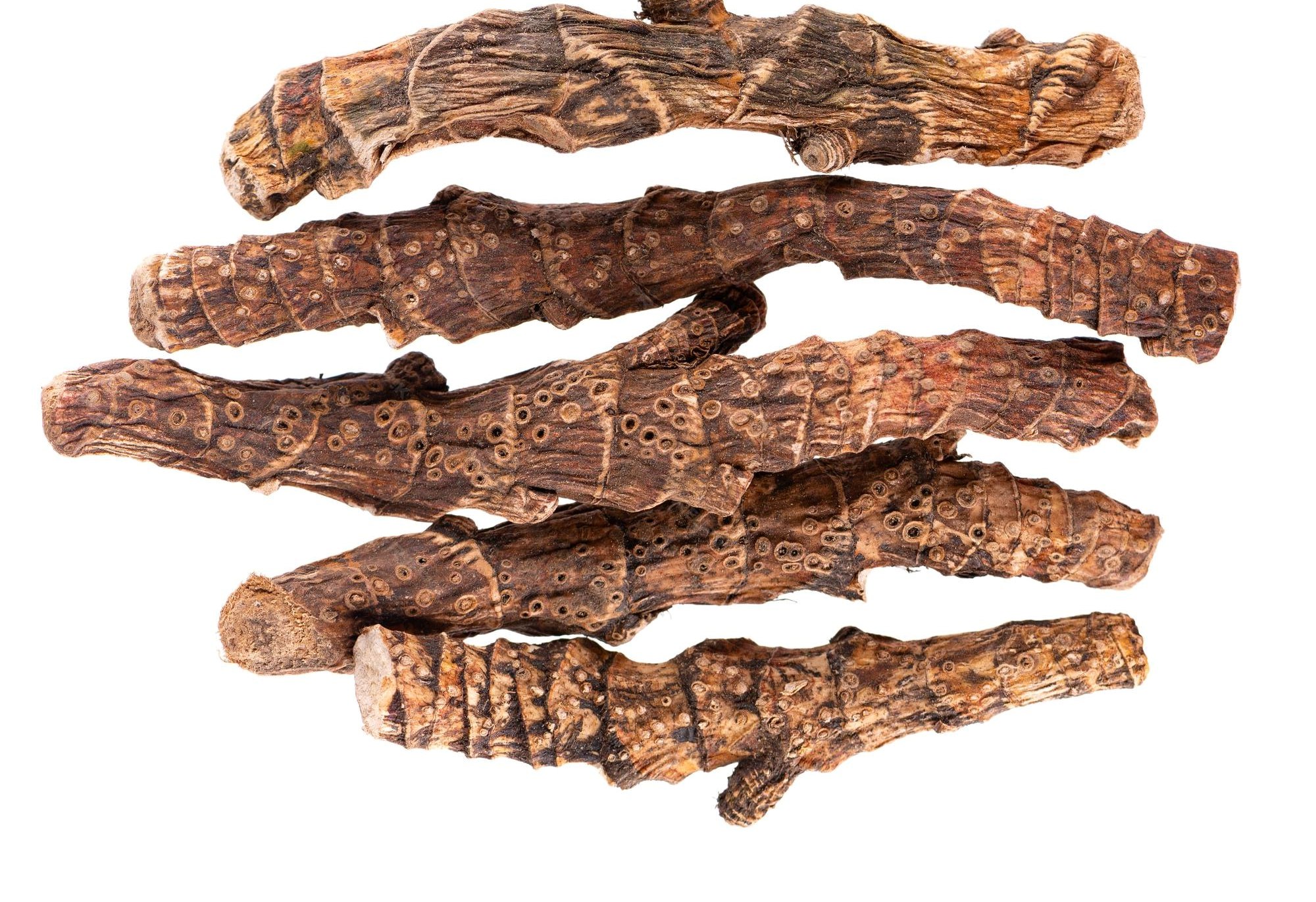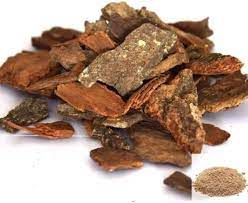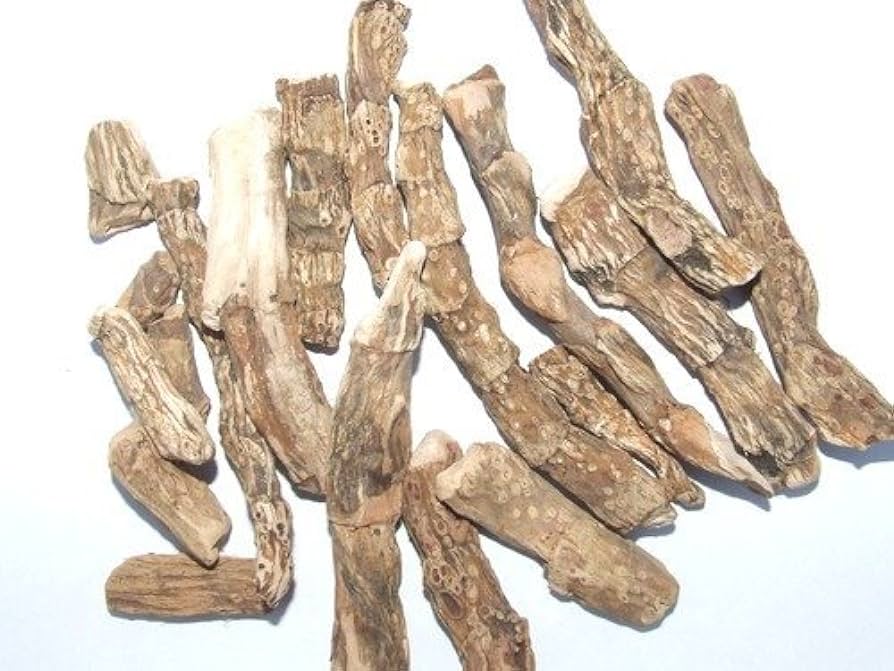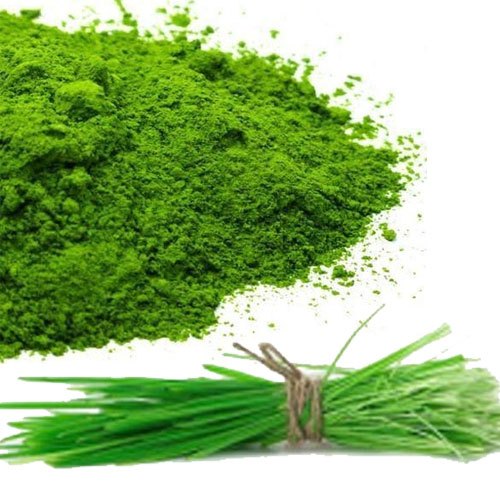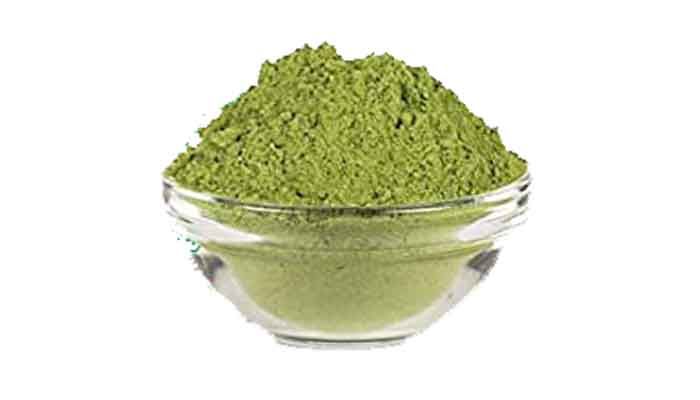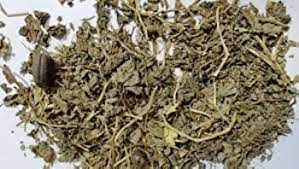What is the history of Senna as a medicinal herb?
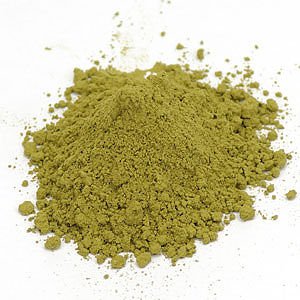
Senna, derived from the Senna alexandrina plant, has a long and rich history as a medicinal herb. Renowned for its natural laxative properties, Senna has been used for centuries across various cultures and medical traditions. Here’s a look at its origins, historical uses, and global significance.
1. Origins and Early Use
- Senna's medicinal use dates back to ancient Egypt, where it was first cultivated and used. The herb was highly prized for its effectiveness in treating constipation and cleansing the digestive system.
- The name "Senna" is believed to originate from the Arabic word "sana," reflecting its prominence in traditional Arab medicine.
2. Role in Ancient Egyptian Medicine
- Egyptians included Senna pods and leaves in their pharmacopoeia as early as the 9th century AD.
- It was commonly used as a purgative and to prepare the body for religious rituals or detoxification.
- Historical records show that Senna was traded along the Nile River, indicating its widespread use.
3. Use in Ayurveda and Traditional Medicine
- In Ayurvedic medicine, Senna is known as "Swarnapatri" and is used to balance the doshas, particularly to alleviate excess Kapha and Vata.
- It was incorporated into formulations to treat digestive disorders, skin conditions, and fever, showcasing its versatility beyond its laxative properties.
4. Introduction to Greco-Roman Medicine
- The herb was introduced to Europe through the ancient Greeks and Romans. Physicians like Galen and Dioscorides documented its use for constipation and digestive health.
- It became a staple in medieval European medicine, particularly in monasteries, where monks cultivated and used Senna as part of their herbal remedies.
5. Expansion via Arab and Islamic Medicine
- Arab physicians, particularly in the Golden Age of Islamic Medicine (8th–13th centuries), played a significant role in popularizing Senna.
- Notable figures like Avicenna and Al-Razi recommended Senna for its purgative effects and included it in their medical texts.
6. Spread to Asia and Africa
- Senna was widely used in traditional Chinese medicine (TCM) and African herbal practices. In TCM, it was used to clear heat from the stomach and intestines.
- Its cultivation spread to regions like India, Sudan, and Somalia, where it became a critical trade commodity.
7. Arrival in Western Medicine
- During the Renaissance, Senna gained recognition in Western Europe as a reliable herbal remedy for digestive issues.
- By the 17th century, it was included in European pharmacopeias and became a staple in apothecaries.
- With the expansion of global trade, Senna was exported to the Americas, further solidifying its role in traditional and modern medicine.
8. Modern-Day Significance
- Today, Senna remains one of the most widely used herbal laxatives, with its active compounds, sennosides, incorporated into over-the-counter medications.
- Its historical journey from ancient Egypt to modern pharmacies underscores its enduring relevance and efficacy.
Conclusion
Senna's history as a medicinal herb reflects its global importance and versatility. From ancient rituals to modern medicine, it has remained a trusted remedy for digestive health, highlighting the enduring value of natural therapies in healthcare.
Click here
December 6, 2024
|
View: 114
What are health benefits of coconut flower?
November 6, 2023
How to Use Arappu Powder for Hair Washing: A Natural Guide
August 30, 2024
What are the benefits of Vasambu (dried)
May 3, 2024
What are the benefits of Karuvelam Pattai?
February 8, 2024
What are the benefit of Vasambu powder?
March 4, 2024
How to Use Arugampul Powder for Diabetes Management?
March 18, 2025
How to Use Indian Indigo Powder for Natural Hair Dye?
March 18, 2025
How to Use Winter Cherry Powder for Better Sleep?
March 18, 2025
What Are the Health Benefits of Aadu Thinna Paalai Powder?
March 17, 2025
How Can Licorice Powder Improve Your Skin and Hair?
March 17, 2025
My Wish List



